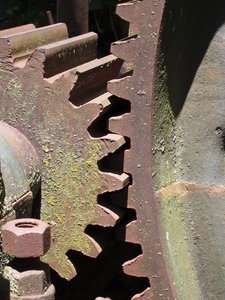A New England worker was flown to Massachusetts General Hospital after an industrial accident severed his fingers. According to the Morning Sentinel, the 23-year-old worker was employed at the Maine Pellet Co. when the accident happened just before 9:00 p.m. Full details of the injury have not yet been released, but the victim released a statement on his Facebook page:

“I cut all my fingers off on my right hand but fortunately I still have my thumb,” it said. “On my left hand, ring and middle finger is missing the tips. They basically cut my right hand all the way back to my knuckles.”
Our Boston workers’ compensation lawyers understand that officials with the Centers for Disease Control and Prevention (CDC) get about 200,000 reports of work accident-related amputations each year. From 1992 to 1999, there were more than 170 fatal amputations and more than 88,000 amputations that happened in America’s workplaces, according to the Bureau of Labor Statistics. Most of these kinds of accidents happen to manual laborers, fabricators, manufacturing, transportation officials, agriculture workers and operators. The truth of the matter is that everyone is at risk for one of these accidents.
Even though these kinds of injuries represent less than 1 percent of all workplace injuries and fatalities, the severity of such injuries oftentimes affect all parties involved more drastically than other kinds of work injuries. Because of the serious consequences of these accidents, they’ve gained more and more attention over the years.
About a third of these injuries require a worker to take at least 31 days off of work. In comparison, less than 20 percent of other injury accidents involve this time away. This should illustrate the serious nature of these injuries and the lengthy rehabilitation often required. In many cases, the victim will live with a disability for the rest of his life.
Amputations may be complete or they can be partial. When you undergo a complete amputation, the entire body part is removed. When there’s a partial amputation, some muscle, tissue or bone keeps the amputated body part connected to the body of the victim. Typically, guillotine amputations are a lot easier than crush amputations. In crush amputation, you’ve got to deal with more tissue, bone and muscle damage.
There’s also an avulsion amputation. This is when a body part is stretched or torn away from the body and the tissue. This kind of amputation involves some serious damage to soft tissue, blood vessels, bones and nerves.
The kind of amputation suffered in these kinds of accidents has a significant impact on the outcome of the injury and the possibility of reattaching the severed body part, as well as the future of your working abilities.
Continue reading
 Massachusetts Workers Compensation Lawyers Blog
Massachusetts Workers Compensation Lawyers Blog










